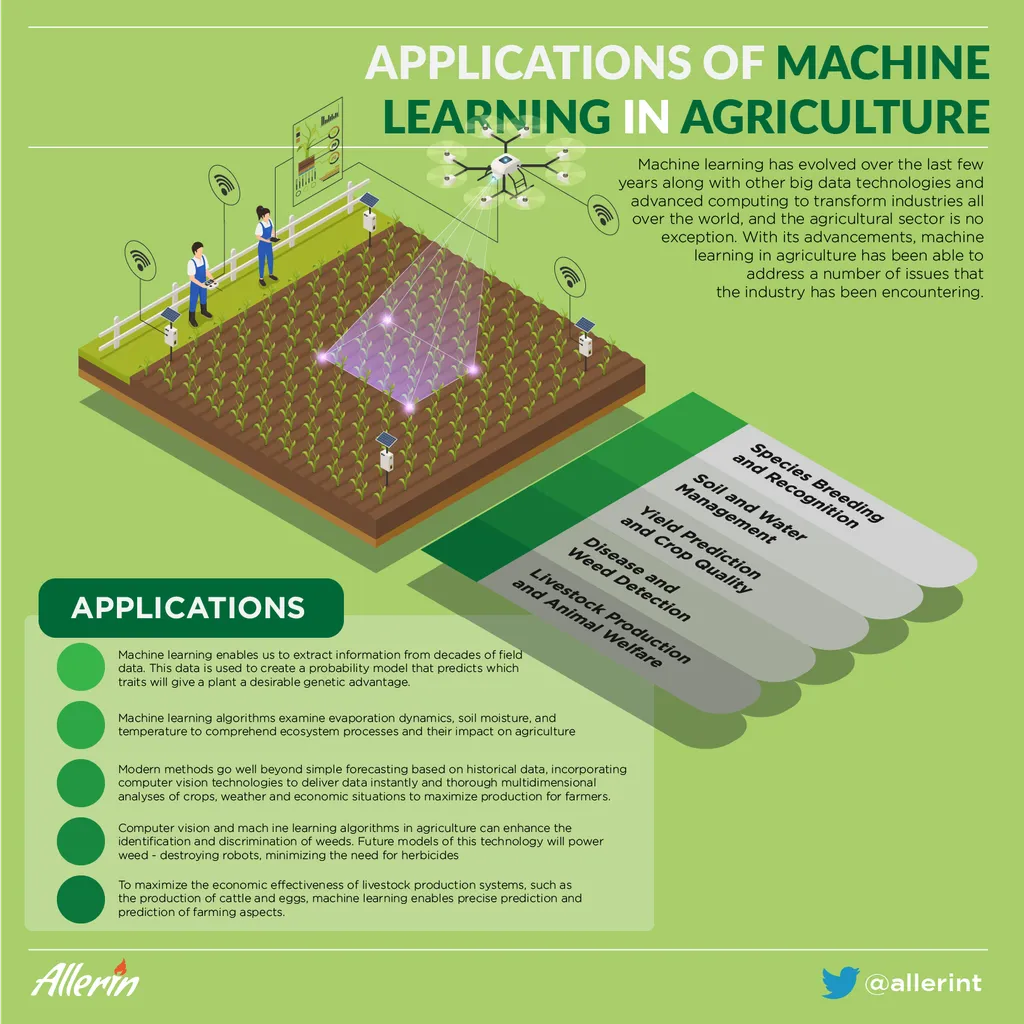In a significant advancement for agricultural monitoring and climate studies, researchers have developed a novel deep learning model that generates high-resolution land surface temperature (LST) data with unprecedented temporal coverage. Published in the *Science of Remote Sensing*, this breakthrough could revolutionize how farmers and water managers access critical thermal data, enhancing decision-making in agriculture and beyond.
The study, led by Taufiq Rashid from the Department of Crop, Soil, and Environmental Sciences at Auburn University, introduces the Attention-based Super-Resolution deep Residual network (ASRRN). This model leverages coarse-resolution data from the Moderate Resolution Imaging Spectroradiometer (MODIS) and integrates it with auxiliary datasets, such as surface reflectance from the Harmonized Landsat Sentinel (HLS) and digital elevation models (DEM). The result is a 100-meter resolution LST dataset with dense temporal coverage, overcoming the limitations of existing thermal sensors like the ECOsystem Spaceborne Thermal Radiometer Experiment on Space Station (ECOSTRESS), which offers fine spatial resolution but suffers from sparse temporal data due to cloud cover and mission constraints.
“ASRRN enables us to generate high-resolution LST data without relying on fine-resolution thermal observations at the time of estimation,” Rashid explained. “This is a game-changer for applications in hydrology, water management, and agriculture, where timely and accurate temperature data are crucial.”
The model’s performance was rigorously tested across 12 heterogeneous regions in the contiguous United States and two sites in Australia. Compared to existing methods like the Enhanced Spatial and Temporal Adaptive Reflectance Fusion Model (ESTARFM) and other deep learning approaches, ASRRN demonstrated superior accuracy. It achieved a correlation coefficient of 0.984, a root mean square error (RMSE) of 2.267 K, and a mean absolute error (MAE) of 1.626 K, significantly outperforming competitors.
For the agriculture sector, this research holds substantial promise. Farmers and agronomists rely on LST data to monitor crop health, optimize irrigation, and manage water resources efficiently. The ability to access high-resolution, temporally dense LST data could lead to more precise and timely interventions, ultimately improving crop yields and reducing water waste. “This technology could help farmers make data-driven decisions that enhance sustainability and productivity,” Rashid noted.
Beyond agriculture, the implications are far-reaching. Urban planners, climatologists, and environmental scientists can use this data to study heat islands, monitor climate change impacts, and manage natural resources more effectively. The model’s ability to integrate multiple data sources also paves the way for future advancements in remote sensing, where combining diverse datasets could unlock new insights and applications.
As the agricultural industry increasingly turns to technology to address challenges like climate variability and resource scarcity, innovations like ASRRN are poised to play a pivotal role. By providing more accurate and accessible thermal data, this research could shape the future of precision agriculture, helping farmers adapt to a changing world while maximizing efficiency and sustainability.

